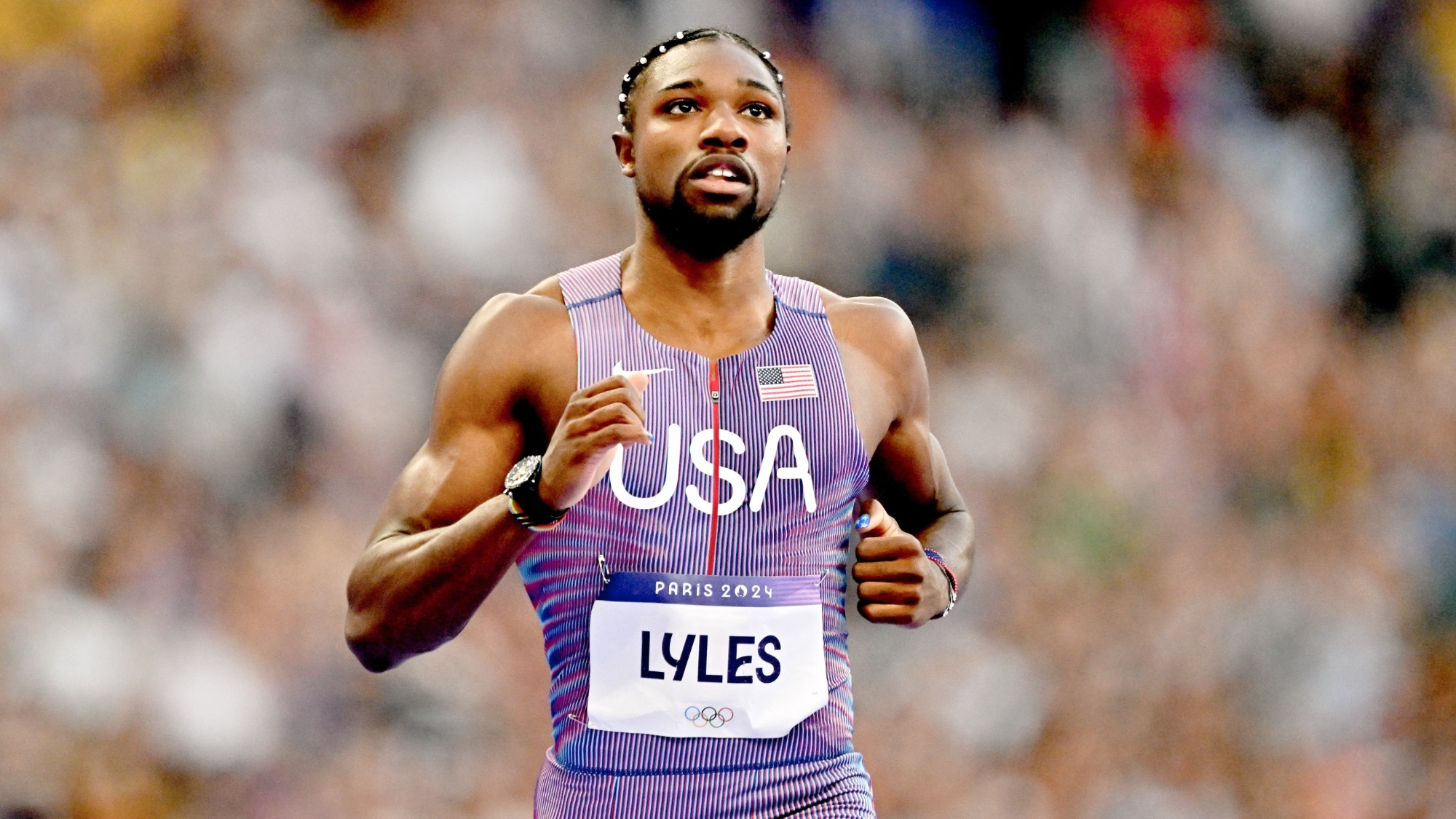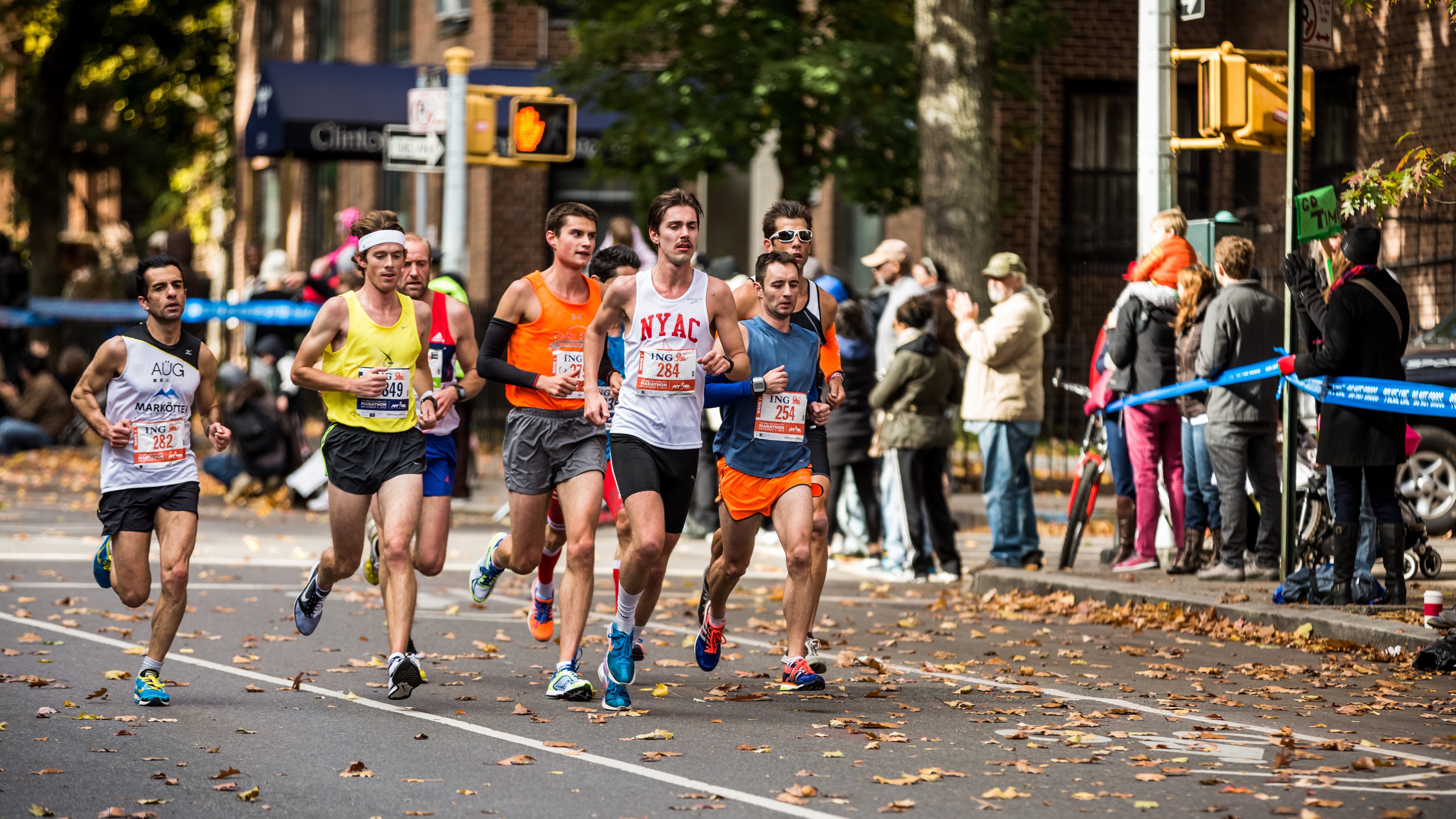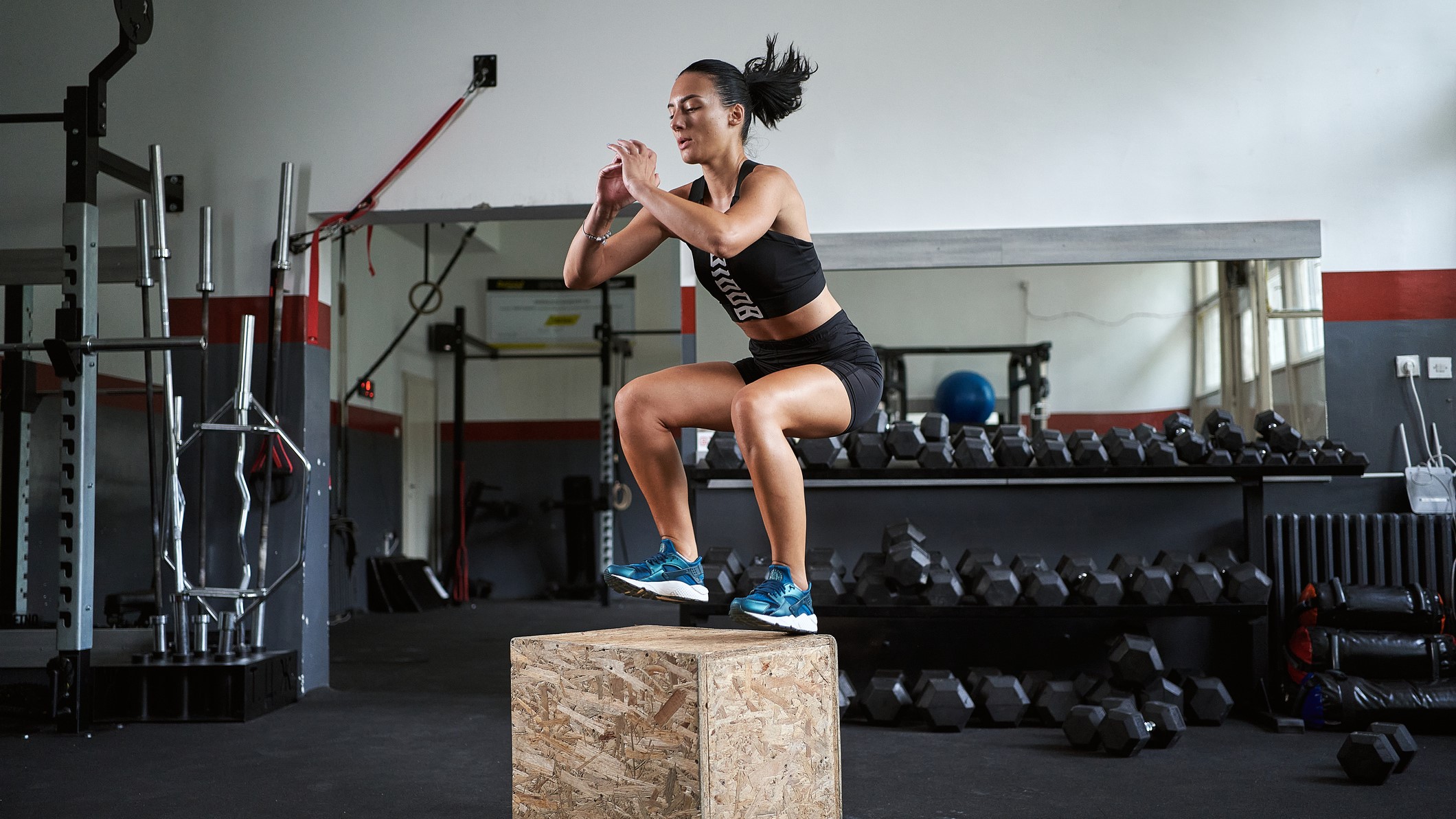
As I write this, the 2024 Paris Olympic Games are in full swing and like countless others, I found myself on the edge of my seat watching the men’s 100-meter final. Not only was I in awe by how tight a finish it was but I was also struck by the difference in physique between a sprinter and a distance runner.
While sprinters are typically more muscular and defined, with broad shoulders and powerful legs, distance runners tend to have a leaner, more slender build. Eager to find out why the physiques of both athletes are so different, I reached out to running coach and sports scientist Emma Kirk-Odunubi for some answers.
If you’ve been inspired by any of the world-class track athletes at the Olympics this year and want to start training toward your own goals, we recommend you check out the best running apps to support your training.
Why are sprinters more muscular than distance runners?
Kirk-Odunubi agrees that there is a difference physically when you look at an elite distance runner versus an elite sprinter.
“A sprinter will carry larger muscles due to needing to produce more power, so larger quad, glutes and hamstring muscles as well as arms and back to utilize their power in the driving phase of their runs,” says Kirk-Odunubi.
The type of muscle fiber used by a sprinter naturally has a larger diameter so if you develop and train these muscles, then you'll end up with larger muscles too. Distance runners, in contrast, are leaner due to the high repetition work of their training and lower intensity running, so their body type will look very different.
This explanation just touches the surface of why sprinters carry bigger muscles than distance runners. If it’s sparked an interest in you, stick with us to learn more about the muscle fiber and energy system differences as broken down by running expert, Kirk-Odunubi.
What energy systems do sprinters and distance runners use?
“Our body has three main energy systems,” Kirk-Odunubi tells us and all three use ATP (adenosine triphosphate) to create muscle contraction. While we exercise each system plays a role depending on the duration and intensity of the activity.
The first one to note is called the ATP-PC system and as Kirk-Odunubi says, “is the one predominantly used by sprinters”. This system doesn’t require oxygen, instead it works by breaking down stored energy (ATP) in your muscles for fast movement. It generates a burst of power for up to just 15 seconds, and therefore is best suited to sprinters.

Next up is the anaerobic system, which Kirk-Odunubi tells us “works for bouts of the intensity of 10 to 90 seconds and from a running perspective this system is utilized mostly to 400-800m runners.”
This system also doesn’t use oxygen but creates a by-product of working for longer without it called lactic acid. She explains this acid is what slows you down when you’re really trying to push yourself hard and your muscles feel like ‘mud’.
Lastly, we have the aerobic system which is the only one out of all three that uses oxygen. It uses oxygen to produce more energy very slowly and can keep going for a long time, which, as you may have guessed, is used by distance runners as it focuses on endurance over power.
How do sprinters' and distance runners' muscles differ?
“So every muscle in our body has three types of fibers that aid in its functioning,” says Kirk-Odunubi. Here the fast-twitch vs slow-twitch muscle fibers come into play for sprinters and distance runners.
First, there are slow-twitch fibers that use oxygen to keep working for a long time and are great for distance running. The clue is in the name, they don’t produce power quickly but they can sustain effort over longer durations without tiring.
Next, there are two types of fast-twitch fibers but to avoid confusion one is referred to as Type 2a and the other is Type 2b. Type 2a can use both aerobic and anaerobic systems, helping the body out in middle-distance running events.
Meanwhile, type 2b fast twitch fibers are larger in size and are catered to quick production of energy. Due to the speed and amount of power that they create, they don’t last long and can only be used over shorter distances.
Kirk-Odunubi applies this to runners, “Therefore when we look at sprinters 60m-400m. Many of them will have a higher predominance of Type 2b and a sprinkle of Type 2a (for the 200-400m runners) whereas distance runners will have a higher percentage of Type 1 muscle fibers.”
How to become a stronger runner
If watching the Olympics has inspired you to get into running or if you already run and want to get faster or tackle larger distances, the good news is you don’t need to be an Olympic athlete to do this.
But, you can take some training inspiration from both elite sprinters and distance runners, depending on what kind of distance you like to tackle in your running shoes.
If you want to get better at sprinting, you need to focus on developing your fast-twitch muscle fibers. Kirk-Odunubi suggests incorporating short, high-intensity intervals into your training, anything from 20 to 400 meters to help build your speed.
If you took anything away from above, you hopefully grasped that strength training will also be important. You will want to include heavy Olympic lifts like power cleans and explosive plyometric exercises, such as box jumps. These exercises develop explosive power and strength, which is essential for sprinting. Note: aim for low reps with high weights to maximize your power output.

Alternatively, if you’re looking to run longer distances or improve your performance as a distance runner, you will want to prioritize improving your endurance and efficiency in training. What does this look like? Engaging in longer runs at a steady pace to build your slow-twitch muscle fibers and enhance your endurance.
Then in the gym, you’ll want to focus on high-repetition strength training to build stamina in your muscles. As you’ll be covering larger distances, having good core strength is essential (here are some of the best core workouts to get you started). Similarly, high-volume lunges, plyometrics and injury prevention work will pay off in the long run. Lastly, pay attention to your running form to increase your running efficiency.







